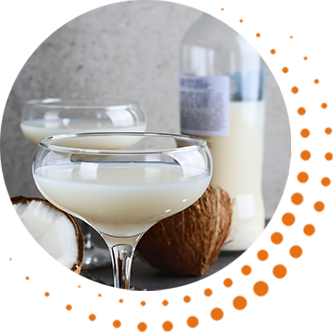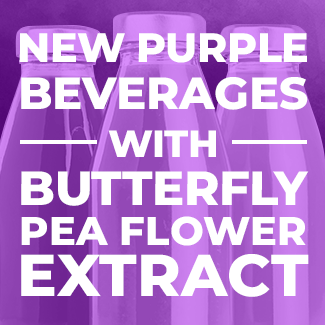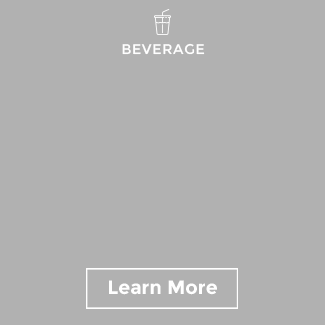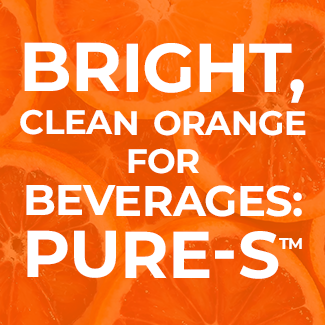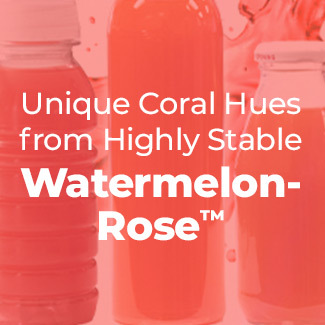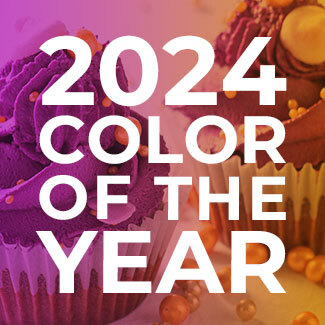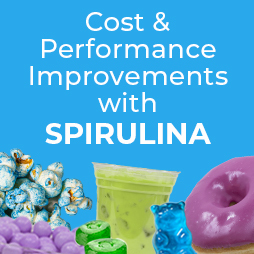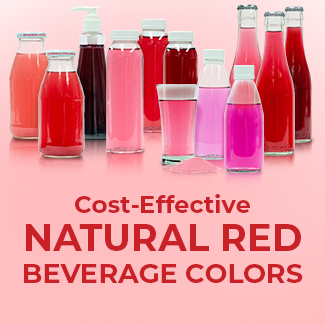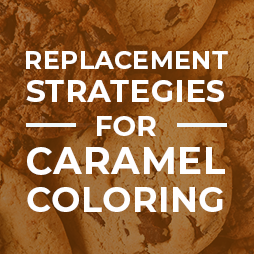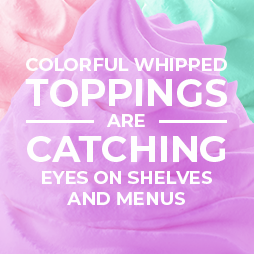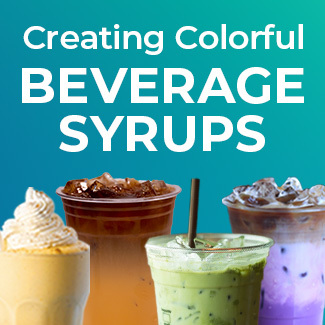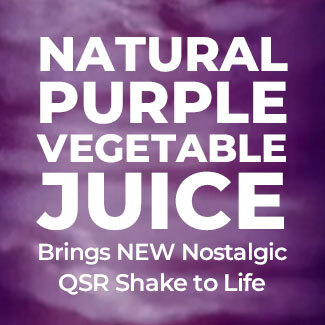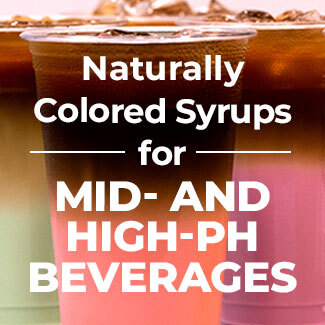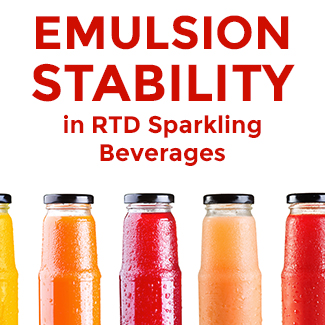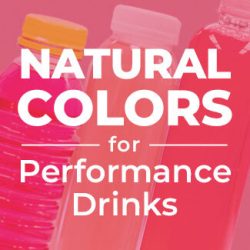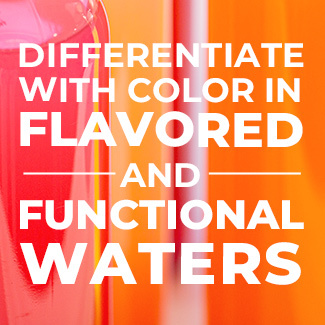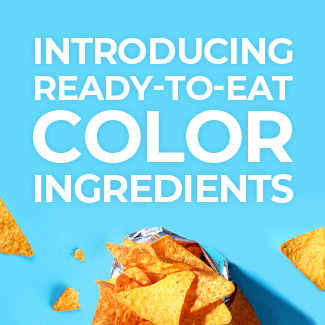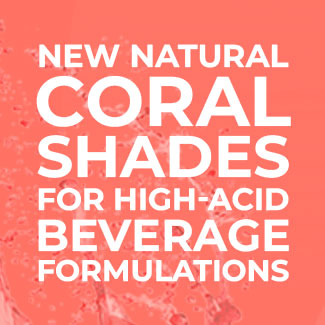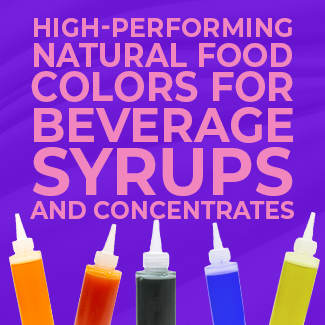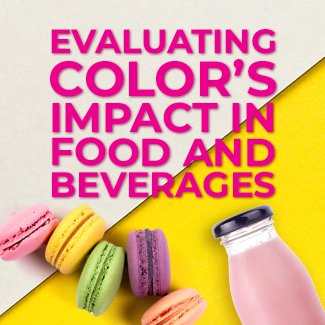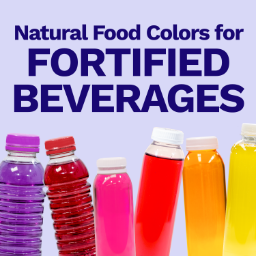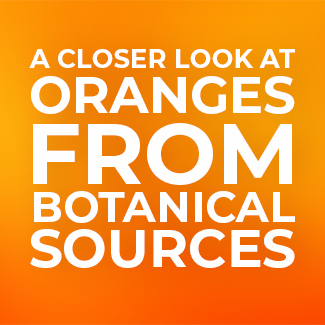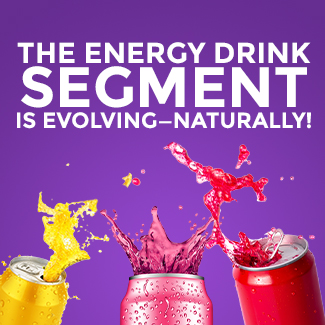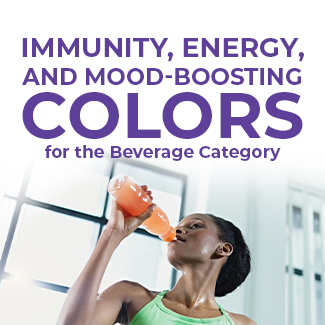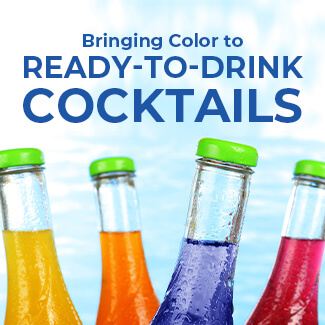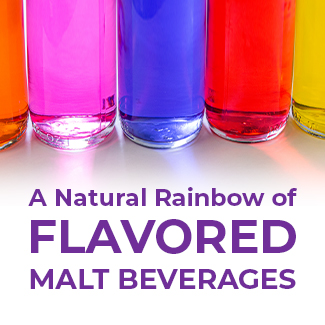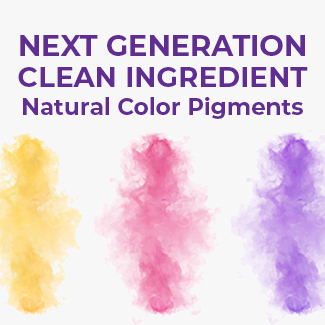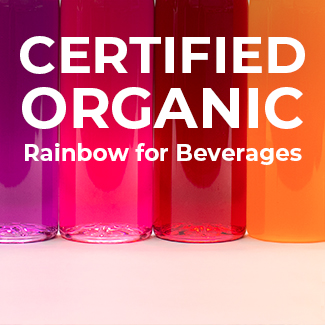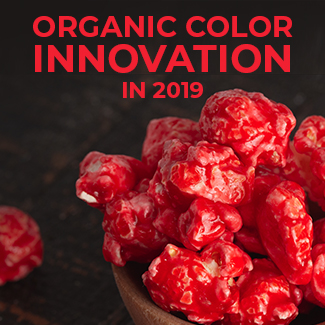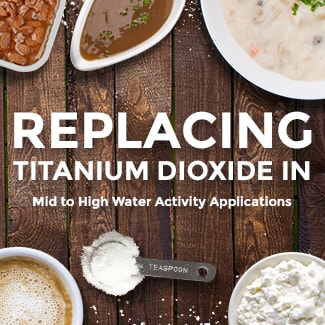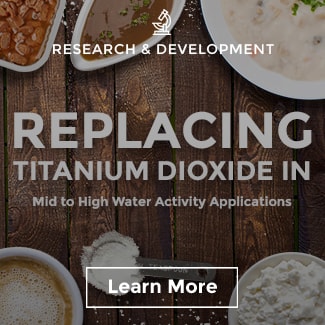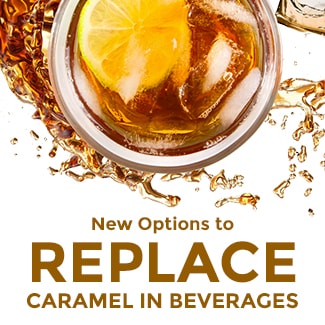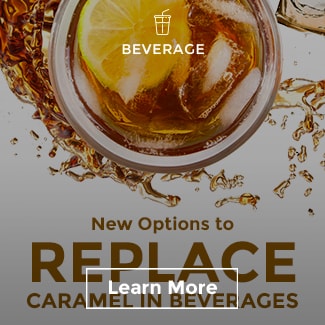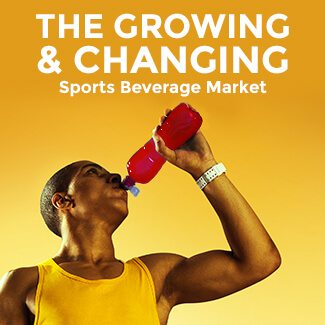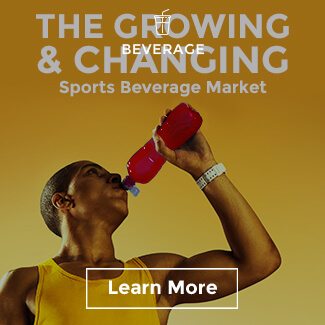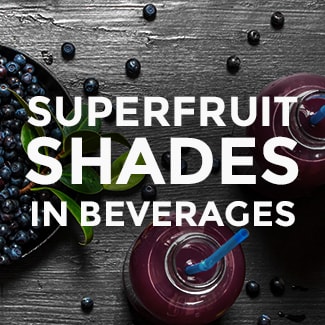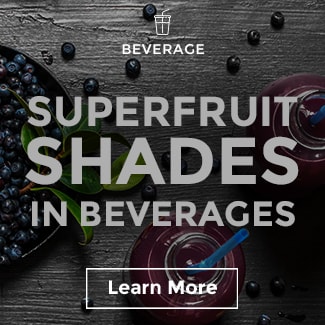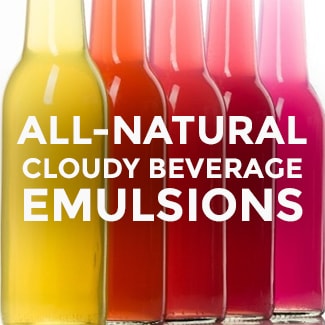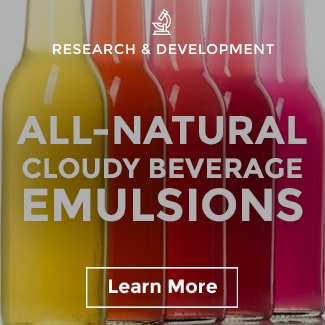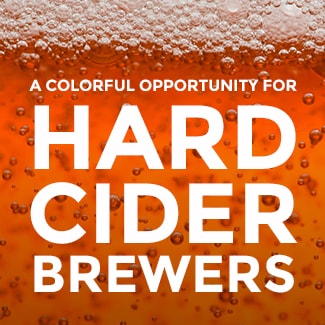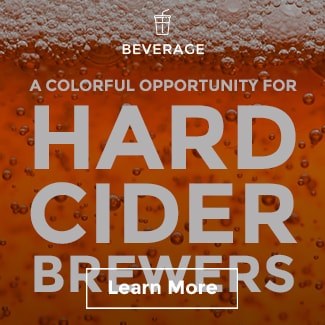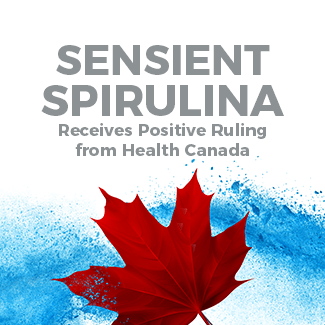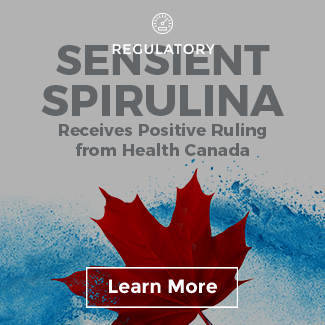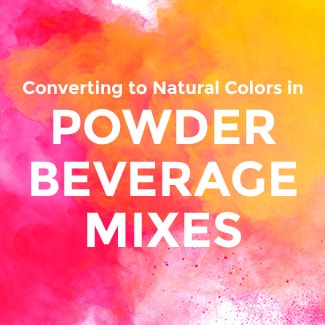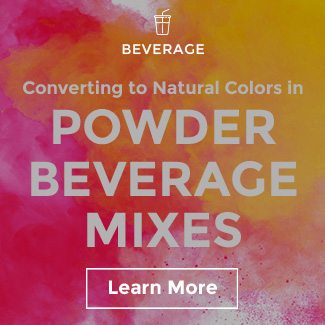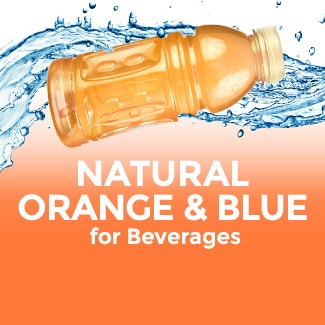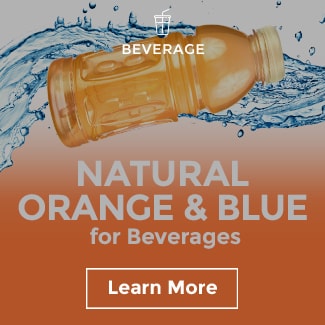Adding Visual Appeal to Alcoholic Beverages
Consumers seeking wellness,
intensity in alcohol space
There are multiple consumer types and macro trends at play in a space as large as the alcoholic beverage market. On one side of the spectrum, consumers taking control of their health are seeking natural, wellness-oriented options. Mintel research shows that consumption of beverages with lower alcohol content like alcoholic seltzers and premixed cocktails has increased in the past three years, and 40% of those cutting back on alcohol are doing so to try to improve their health.
While indulgence in moderation is a priority for some, others are looking for alcoholic beverages that stimulate a “Sense of the Intense” and a more unique, adventurous, or multisensory “Enjoyment Everywhere” experience. According to Mintel, consumers consider spirits the most adventurous type of alcohol, with 34% of shoppers increasing their spirit consumption since the start of the pandemic. Flavor is a key driver of alcohol consumption, and one third of consumers are looking for refreshing and unique flavor profiles in canned or bottled cocktails (Mintel 2021). Intense, eye-catching colors are beneficial to amplify these bold flavor and thematic profiles.
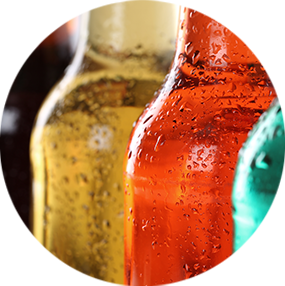

34% of shoppers increasing their spirit consumption since the start of the pandemic. Flavor is a key driver of alcohol consumption, and one third of consumers are looking for refreshing and unique flavor profiles in canned or bottled cocktails.
MintelColor adds quantifiable value to beverages
Consumer research consistently shows that color conveys flavor and impacts taste perception and purchase intent. Academic studies have repeatedly shown that color influences flavor perception, but Sensient took this research a step further to quantify the value of color in food and beverage applications. In online testing, optimized color was found to improve purchase intent by +6% across categories. This was further confirmed through in-person sensory testing, which confirmed that purchase intent and overall liking are highly correlated. If people like a product, they’re more likely to buy it!Even more interestingly, we found that optimized color improves flavor perception by +15% on average! When the right color is used, the consumer believes the food or drink tastes better. Color can also be used to indicate benefits like juice content or certain functional benefits. An electric pink adds value and a thrilling visual burst of energy, while a cloudy appearance reminds consumers of the natural cloudiness of juice in a better-for-you seltzer.
One colorless canned cocktail is currently on the market with $43.5 million in sales over 12 months ending Q3 2021. Sensient’s Value of Color research shows that if this brand chose to add flavor-appropriate color, the added consumer perceived value and purchase intent could increase those sales by $2.6 million annually. That potential money is being left on the table by the exclusion of color.
What to Consider Working with Natural Colors
in Alcoholic Beverages
Permissibility
In the alcoholic beverage space, all ingredients must be approved by the Alcohol and Tobacco Tax and Trade Bureau (TTB) along with the final product. There may also be regional restrictions for products being produced in or exported to countries outside the United States, including Canada. Sensient’s team of food color and regulatory experts is always available to help you navigate these waters to select ingredients that will perform beautifully and remain approved through this process!Acidity
The acidity levels of alcoholic beverages can range from low pH (3.0-4.0) to high (5.0-7.0) depending on the base, the alcohol content, and other ingredients present in the formula. This will affect color experts’ recommendations for natural solutions, as certain sources like red and pink anthocyanins will thrive in low-pH systems, but if a higher pH above 4.0 is possible, bold blues are possible with Butterfly Pea Flower Extract.Packaging
Depending on the packaging used, the light stability of certain natural color solutions like turmeric may come into play. If your packaging is clear, like plastic or glass, and the beverage isn’t protected by a full wrap label, we will recommend light-stable beta-carotene solutions for bold yellow components instead.Alcohol Content
Alcohol content can have an impact on natural color success as well. Harsher environments, with 30-50% alcohol by volume (ABV), are less hospitable to natural color ingredients, while a beverage with 5-15% ABV is less aggressive to botanicals. Many natural colors can thrive in high alcohol content systems, but color experts can provide guidance to help you select options that will not fade in the harsher environment. If needed, our team can also support stability testing to ensure success in your product and a beautiful beverage that stands the test of time!
A Natural Rainbow for Liquors and Premixed Cocktails

Blues, Purples, and Greens
The 2021 FDA approval of Butterfly Pea Flower Extract for use in alcoholic beverages (among many other applications) adds a unique range of purples and blues for developers! This is especially exciting because it is the only TTB-approved natural blue colorant. Blue hues signal stimulating profiles like blue lagoon, galaxy, blueberry, mermaid, and cotton candy, offering on-shelf visual differentiation. At higher pHs like 4.0+, Butterfly Pea Flower Extract imparts a stunning denim blue hue. In combination with natural yellow sources like beta carotene or turmeric, developers have options for natural greens to create lime, kiwi, sour apple, jalapeno, and mint shades. As the pH drops and acidity increases, Butterfly Pea Flower Extract shifts from bold blues to royal purple hues while remaining shelf-stable for profiles like an aviation cocktail, lavender, witch’s brew, grape, blackberry, ube, or unicorn.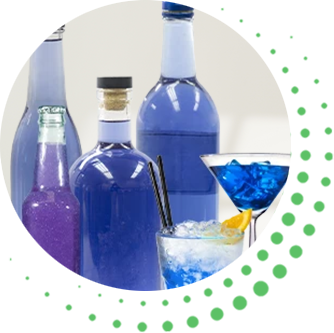
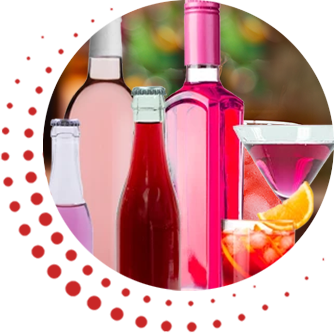
Red & Pinks
Red and pink shades bring to mind delicious profiles from the adventurous—spicy guava, love potion, flamingo, pomegranate, or prickly pear—to florals—hibiscus, cherry blossom, elderflower, or rose—to classics—daiquiri, cosmopolitan, watermelon, raspberry, or cherry. There are many solutions available to achieve reds and pinks in seltzers, liquors, wines, and other alcoholic beverages. Carmine offers advanced stability in alcoholic beverages for stunning pink and red alternatives to Red 3. Anthocyanins like black carrot, purple sweet potato, and red radish are very stable at low pH levels and offer beautiful pinks and reds in alcoholic applications.Oranges and Yellows
Fresh orange and yellow shades can come from a variety of sources. TTB approved colors like turmeric and beta-carotene give bright yellows for profiles like limoncello, margarita, mai tai, banana, and pineapple. Some beta-carotenes also offer peachy and orange hues for blood orange, tropical sunset, kumquat, old fashioned, mimosa, pumpkin, and honey-type profiles. Since carotenoids are naturally oil-soluble, Sensient’s Advanced Emulsion Technology (AET™) ensures that these natural colors are able to be used in a water-based system like alcohol. Bright, bold oranges for profiles like orange blossom, creamsicle, and pumpkin can also be achieved with carrot juice or Pure-S™ Paprika, a paprika-based solution that mitigates undesirable flavor off notes so that it can be used at higher usage rates in beverage applications without concern.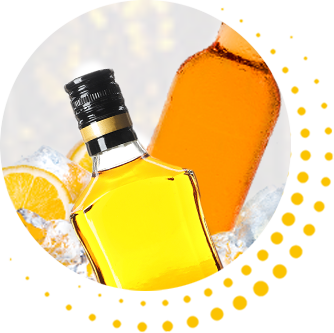
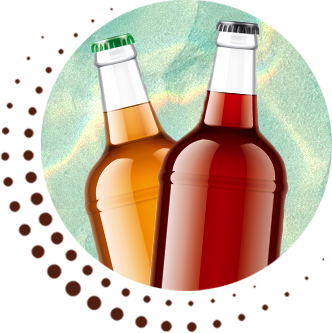
Browns
Cuba Libre, Irish coffee, Espresso Martini or Manhattan are just a few of many popular flavors and cocktails that come in shades of brown. From light tans to dark, robust coffee shades, caramel-free natural brown solutions like Sienna™ offer a great opportunity to achieve a variety of shades with simple and recognizable ingredients like fruit juice, from low to higher ABV alcoholic drinks.Cloud and Whitening
A cloudy beverage may be desired to convey juice content or to match a specific flavor profile, like a whiskey sour, white Russian, or pina colada. For these projects, Sensient color experts recommend our Avalanche™ portfolio, the industry’s leading selection of titanium dioxide alternatives for whitening and opacity. Within this portfolio, we have solutions including Avalanche™ Nebula designed specifically for added cloud or whitening to the high-water-activity systems in ready-to-drink beverages like premixed cocktails.